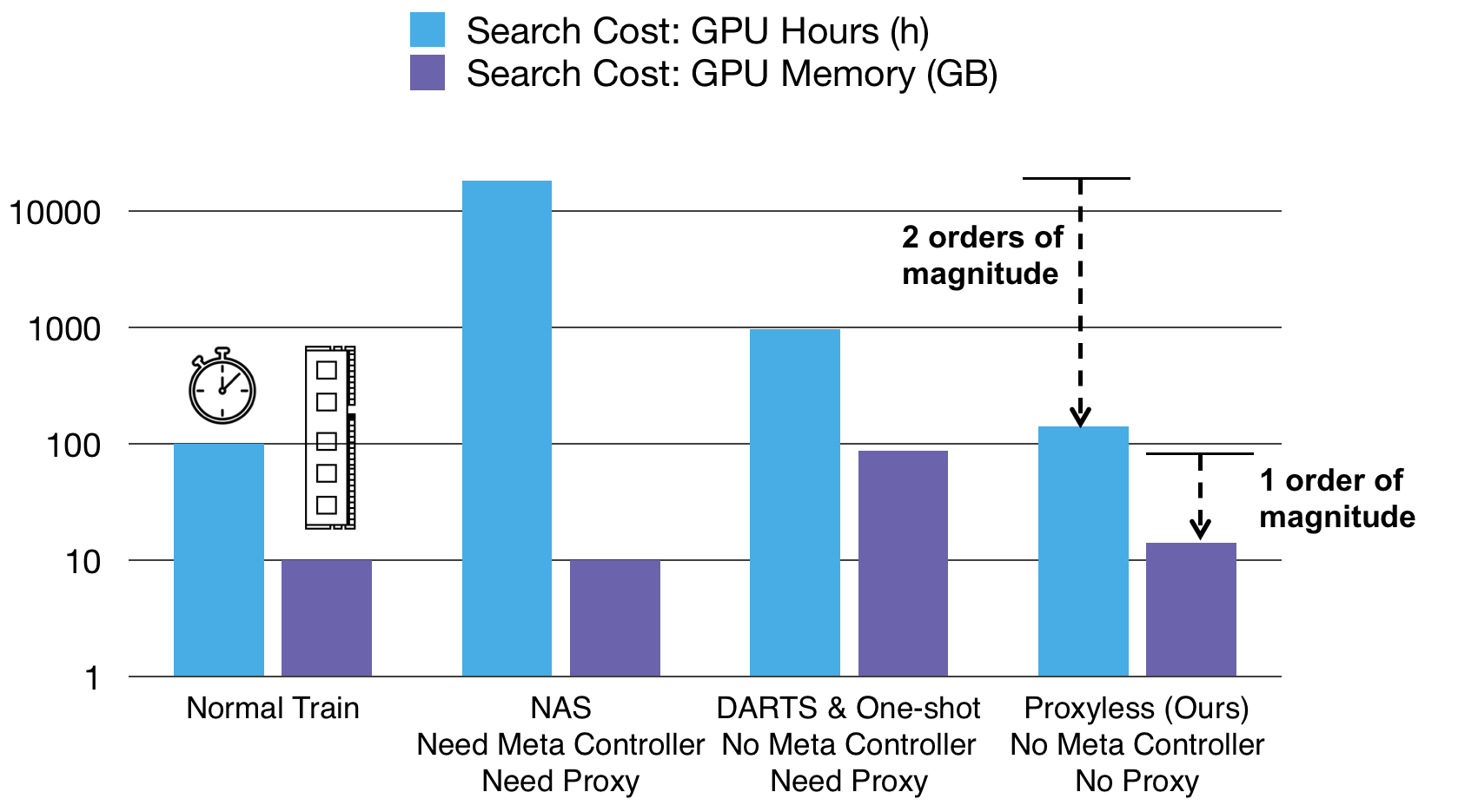import torch
target_platform = "proxyless_cpu"
# proxyless_gpu, proxyless_mobile, proxyless_mobile14 are also avaliable.
model = torch.hub.load('mit-han-lab/ProxylessNAS', target_platform, pretrained=True)
model.eval()
All pre-trained models expect input images normalized in the same way,
i.e. mini-batches of 3-channel RGB images of shape (3 x H x W), where H and W are expected to be at least 224.
The images have to be loaded in to a range of [0, 1] and then normalized using mean = [0.485, 0.456, 0.406]
and std = [0.229, 0.224, 0.225].
Here’s a sample execution.
# Download an example image from the pytorch website
import urllib
url, filename = ("https://github.com/pytorch/hub/raw/master/images/dog.jpg", "dog.jpg")
try: urllib.URLopener().retrieve(url, filename)
except: urllib.request.urlretrieve(url, filename)
# sample execution (requires torchvision)
from PIL import Image
from torchvision import transforms
input_image = Image.open(filename)
preprocess = transforms.Compose([
transforms.Resize(256),
transforms.CenterCrop(224),
transforms.ToTensor(),
transforms.Normalize(mean=[0.485, 0.456, 0.406], std=[0.229, 0.224, 0.225]),
])
input_tensor = preprocess(input_image)
input_batch = input_tensor.unsqueeze(0) # create a mini-batch as expected by the model
# move the input and model to GPU for speed if available
if torch.cuda.is_available():
input_batch = input_batch.to('cuda')
model.to('cuda')
with torch.no_grad():
output = model(input_batch)
# Tensor of shape 1000, with confidence scores over ImageNet's 1000 classes
print(output[0])
# The output has unnormalized scores. To get probabilities, you can run a softmax on it.
probabilities = torch.nn.functional.softmax(output[0], dim=0)
print(probabilities)
# Download ImageNet labels
!wget https://raw.githubusercontent.com/pytorch/hub/master/imagenet_classes.txt
# Read the categories
with open("imagenet_classes.txt", "r") as f:
categories = [s.strip() for s in f.readlines()]
# Show top categories per image
top5_prob, top5_catid = torch.topk(probabilities, 5)
for i in range(top5_prob.size(0)):
print(categories[top5_catid[i]], top5_prob[i].item())
Model Description
ProxylessNAS models are from the ProxylessNAS: Direct Neural Architecture Search on Target Task and Hardware paper.
Conventionally, people tend to design one efficient model for all hardware platforms. But different hardware has different properties, for example, CPU has higher frequency and GPU is better at parallization. Therefore, instead of generalizing, we need to specialize CNN architectures for different hardware platforms. As shown in below, with similar accuracy, specialization offers free yet significant performance boost on all three platforms.
| Model structure | GPU Latency | CPU Latency | Mobile Latency |
|---|---|---|---|
| proxylessnas_gpu | 5.1ms | 204.9ms | 124ms |
| proxylessnas_cpu | 7.4ms | 138.7ms | 116ms |
| proxylessnas_mobile | 7.2ms | 164.1ms | 78ms |
The corresponding top-1 accuracy with pretrained models are listed below.
| Model structure | Top-1 error |
|---|---|
| proxylessnas_cpu | 24.7 |
| proxylessnas_gpu | 24.9 |
| proxylessnas_mobile | 25.4 |
| proxylessnas_mobile_14 | 23.3 |


